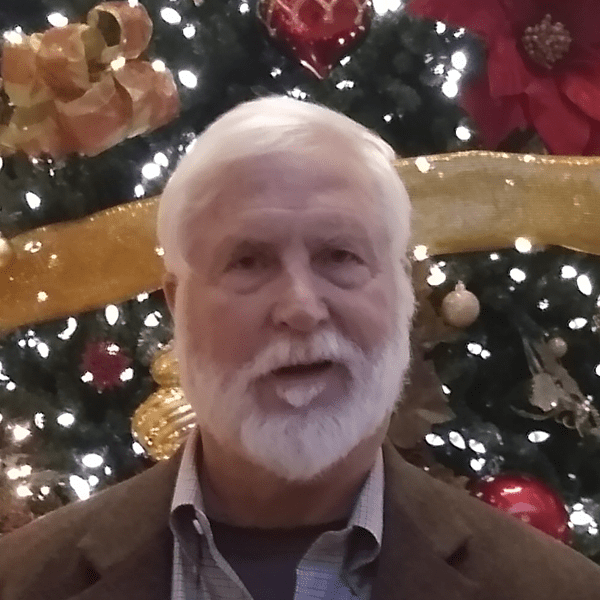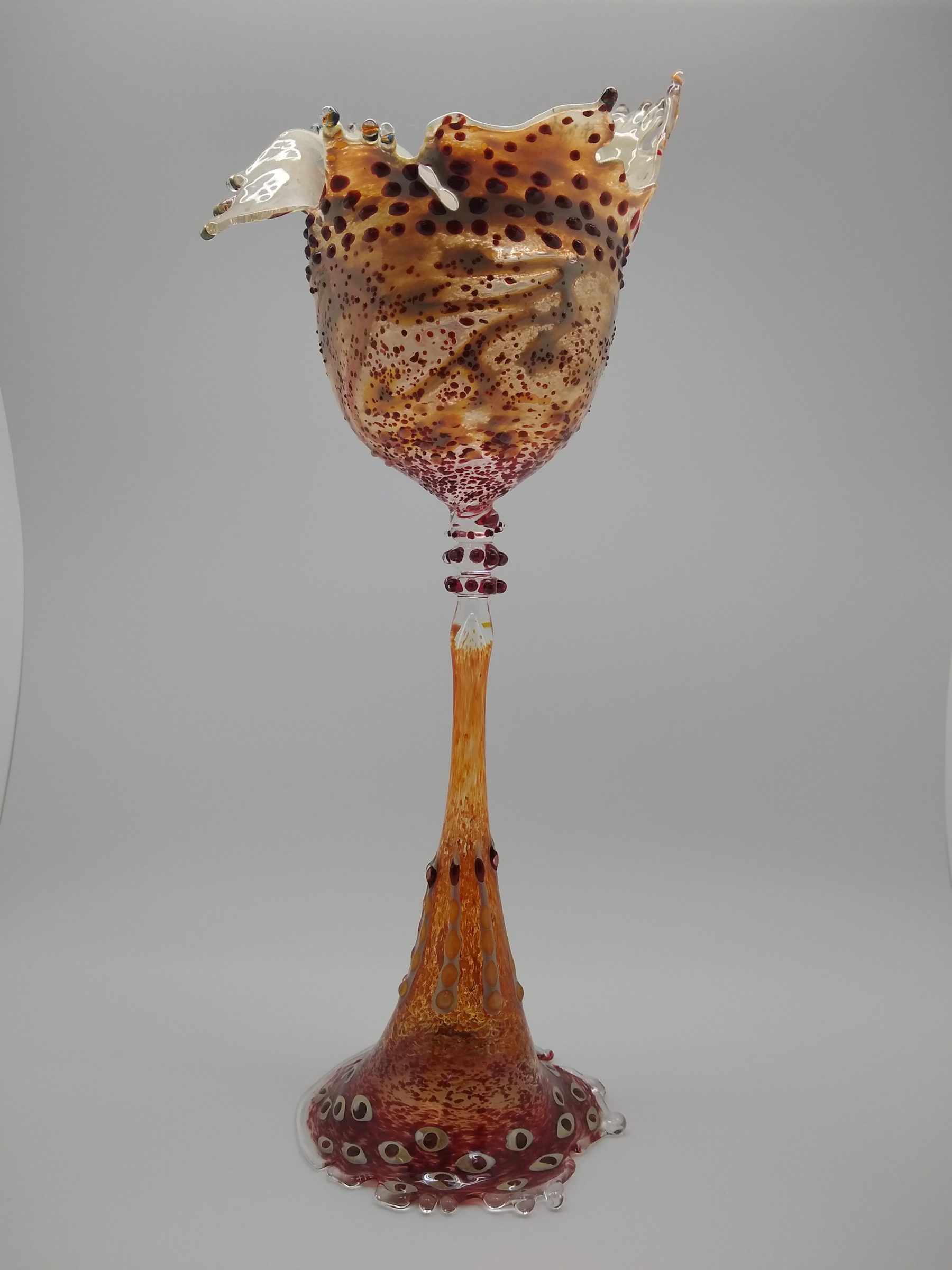
Donavon Boutz
Tennessee-based artist Donavon Boutz (1945– ) is a third-generation glassmaker in a family of German-American glassblowers; Boutz learned the techniques of traditional Eastern European flamework, including beadmaking, from his father, Jean Boutz, in the family glass studio before earning an MFA from the University of Wisconsin-Madison, under Harvey Littleton. In addition to his own glassblowing, Boutz has taught beadmaking widely for various institutions.
Works

Some Place in Time, 2007. Image courtesy of Donavon Boutz.

Trip to Andromeda, 2005. Image courtesy of Donavon Boutz.

Out of the Garden, 1986. Image courtesy of Donavon Boutz.

Donavon Boutz discusses his father Jean bringing glass in for the Penland workshop.
01:40 Transcript